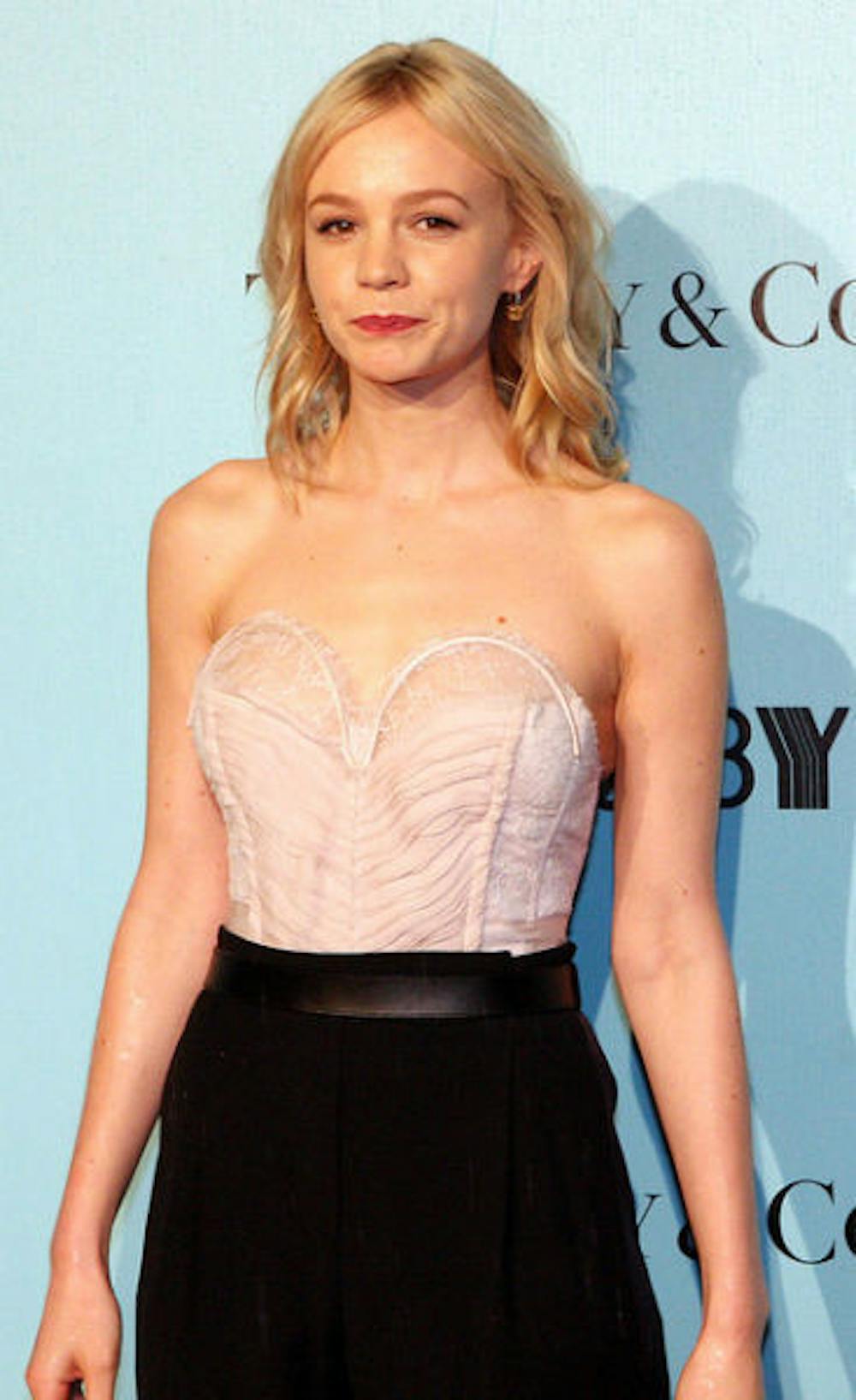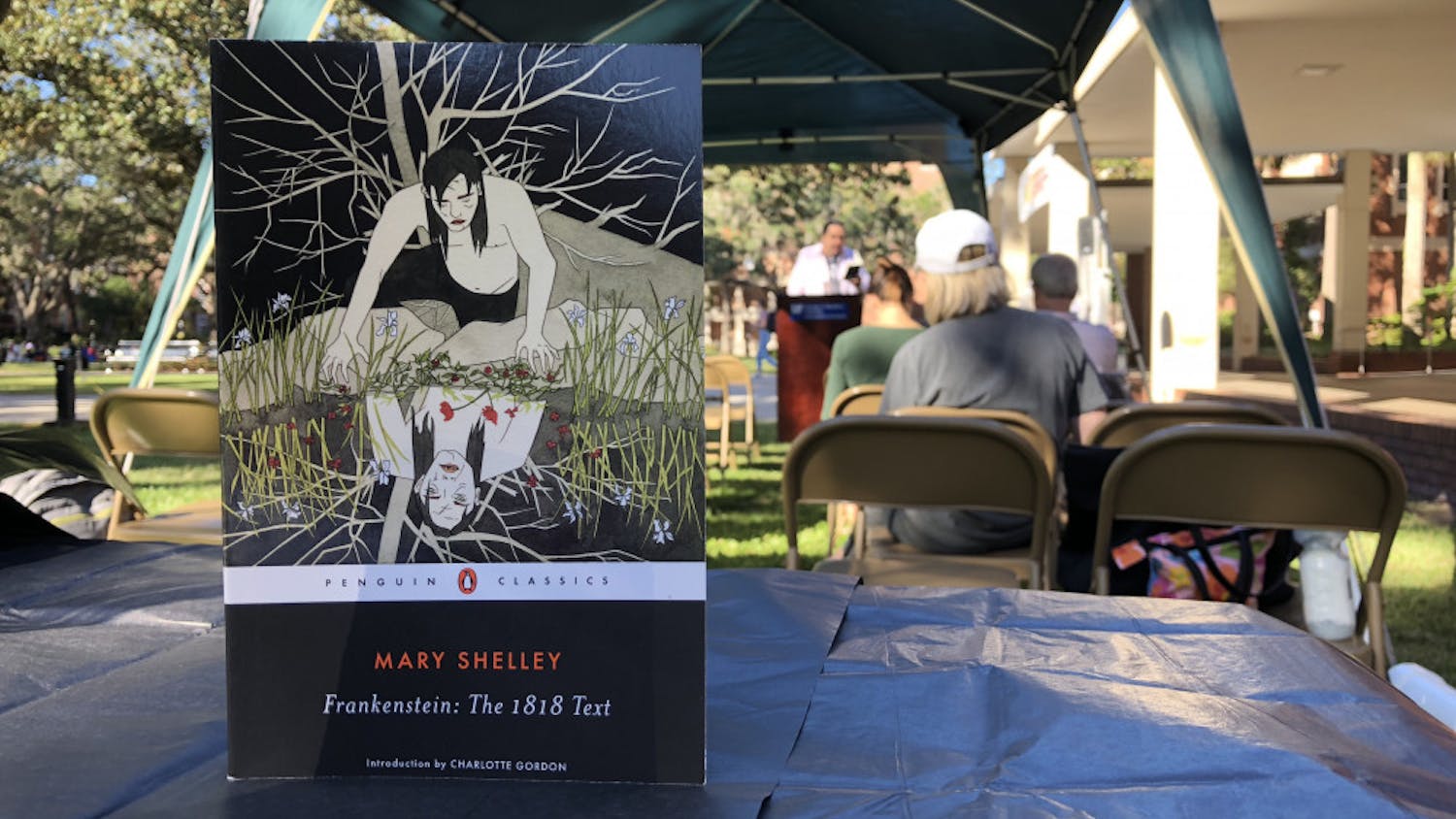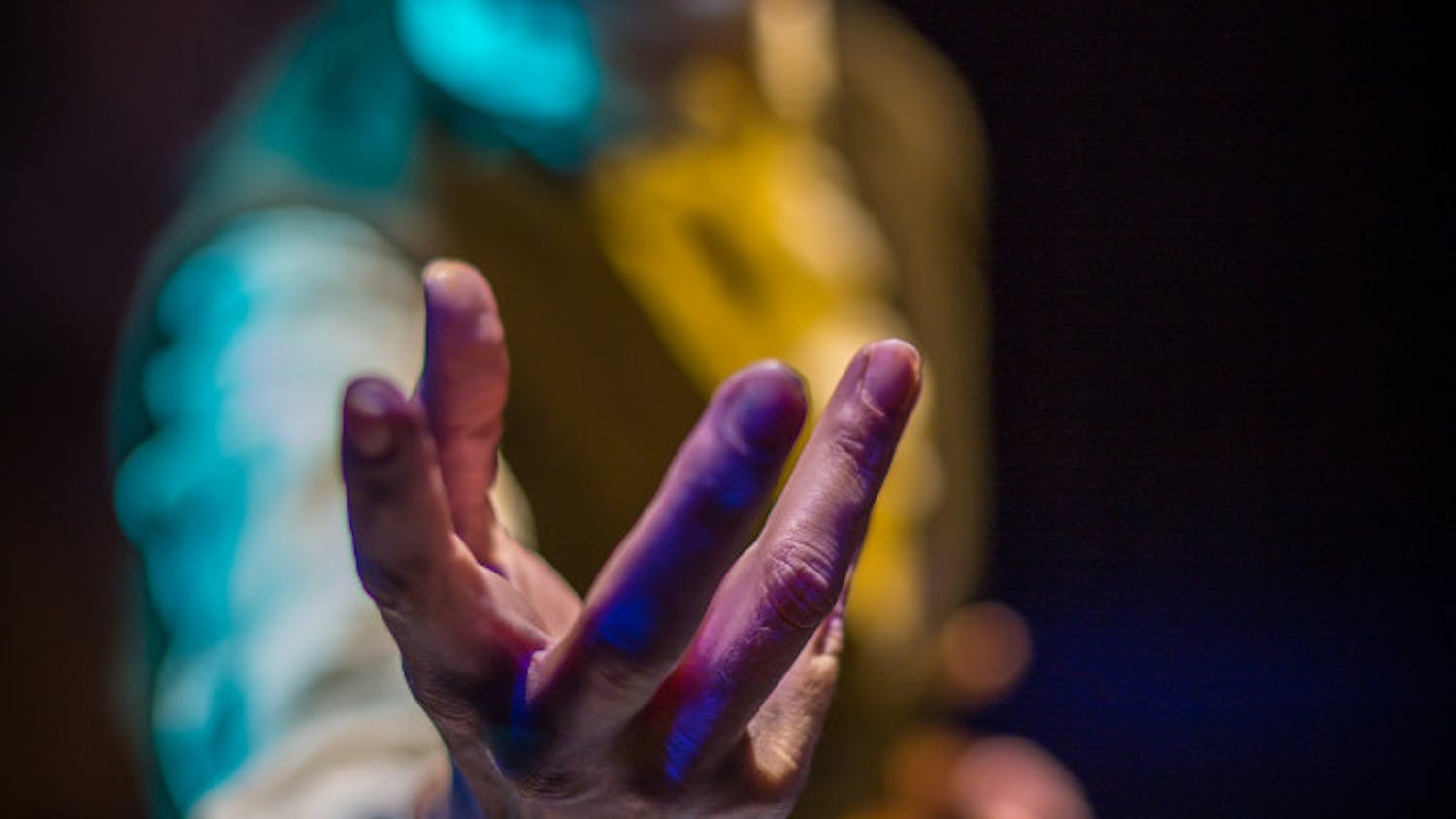After writing about Skyler White, I started thinking about the vast amount of female characters that don’t get enough appreciation. Television is flooded with them, though it all started in books. I’m not talking about Bella Swan, but rather the female characters who weren’t always at the forefront of the story, who might have been disliked by readers but deserve some recognition. While not perfect, they represent all types of women, breaking the archetype that one has to be supporting, loving and in need of a male protagonist to satisfy readers’ appetites for normalcy in literature.
These women weren’t always favorites. They were obstacles, betrayers, burnt out, cynical and realistic.
Writers put in just as much effort to perfect a foil or antagonist as they would a hero. In order to affect readers, they’re undeniably based on real life. Here are some of my favorite non-favorite female characters in literature and why we should give them a chance.
Daisy Buchanan
“The Great Gatsby” object-of-desire has to be at the top of “Most Hated Female Characters in Literature” lists, if such a lists exists and trust me, it probably does. She’s whimsical, careless and selfish. She ditches Jay Gatsby at a time of need and that’s why she gets the mental, fat “X” over her image whenever someone brings up how great “The Great Gatsby” really was. Though she didn’t end up with the wonder boy Gatsby, you really can’t blame her for her shifting nature. Her husband, Tom represents financial security and is the father of her daughter. Leaving Tom for Gatsby in the 1920s would have been a scandal. Things didn’t work out for the two because of timing, and if we look at ourselves, there’s always a deal-breaker moment when it comes to realizing a relationship won’t work. She’s a ball of nerves and her emotions can’t be relied upon by anyone, which is what makes her human and relatable.
Julia (1984)
Julia was a beacon of hope in George Orwell’s dystopian novel “1984.” That is, until we realized that there is no hope in a dystopian novel. Julia and Winston Smith’s love affair eventually landed in the Ministry of Love, where unlike the name suggests, they were tortured and psychologically broken. Winston betrayed Julia after hearing that Julia betrayed him. They both admit to this afterward and he sees her stocky, new build unattractive. Like a couple gone through a bad breakup, they make plans to see each other again but they don’t have any real interest in keeping up the relationship. You can’t blame Julia for resenting Winston after her said he would rather have his punishment of rats gnawing off his face transferred on to her. No hard feelings right?
Nurse Ratched
She’s the primary antagonist in Ken Kesey’s “One Flew Over The Cuckoo’s Nest,” and is hated because she humiliates patients and figuratively castrates them so she can be top dog. She’s not that easy to like, but as I said, writers put a lot of thought into characteristics. There’s a motive behind every villain and something made her tick into becoming an authoritarian dream-figure. Years of working in a mental institution made her that way, but being a woman in the position of power is likely what called for her overwhelming need to assert power. Women weren’t in many places of authority in the 1960s, so her position was seen as a threat and because she didn’t giggle at sexual remarks from mental health patients, she was seen as a prude. In modern times, we see the Nurse Ratched dilemma in women in positions of power, who fear being disliked by their male counterparts so they feel the need to act extra-feminine or likeable. Nurse Ratched was neither, and in the end of the book, McMurphy sexualizes her by ripping open her uniform and exposing her breasts.
The women of “On the Road”
Jack Kerouac’s novel is a beautifully written testament to the Beat Generation and the open road, which leads anywhere and everywhere. Along the road, Sal Paradise and Co. run into an array of female characters who are tied to this road as transitory beings. They’re used for “kicks,” for sex and for laughter, but they are always in the background. Sal falls in love with every woman he sees and easily falls out of love. He treats foreign girls like Terry, from California, with care but ultimately leaves her because he has to get going again. There’s a longing for “mañana,” or “tomorrow” in English, from Terry and so she explains the dream-like transitory headspace of these women. Camille and Marylou were Dean Moriarty’s girls, when he wasn’t fooling around with any skirts walking by, but they ended up resenting Dean. They fell in love with the idea of a man, just like men so often fall in love with the idea of a woman, only to find out who you thought you were in love with is a real human, not a fantasy, and the flaws are real. The women of “On the Road” were messy, confusing and ephemeral, but without them the story couldn’t be told. Even the junkie wives and the quiet standbys that only speak when they’re allowed helped weave the intricate patchwork of a generation, and it would be a mistake to say that “On the Road” was about Dean Moriarty and Sal Paradise, alone. A great simmering chunk of it was, as Dean said, “gurls, gurls, gurls.”
Lolita
Dolores Haze, aka Lolita, is often seen as a “nymphet” and a seducer to the pervert Humbert Humbert. What’s often overlooked in Vladimir Nabokov’s novel “Lolita” is the fact that she’s actually one of the most tragic female characters in literary history. This isn’t thrown at your face, but rather it’s a slow build. Humbert took advantage of her and realizes this when he mentally supplants the words she’s been meaning to say, “He broke my heart. You merely broke my life.” The 12 year-old was fetishized by the men around her, and having no parental figures, she had no other option but to try to find some sort of love in these abusers. Lolita is more than just a sexually precocious young girl; she’s a product of insecurity and an example of the textbook definition of fetish in modern times.
So those are my picks for top female literary characters that deserve some review. Who are yours? If you can’t get behind Daisy, it’s all right. I mean, I guess Baz Luhrmann’s rendition of “The Great Gatsby” destroyed any hope of that.
Carey Mulligan played the iconic role of Daisy Buchanan in the 2013 movie "The Great Gatsby."






